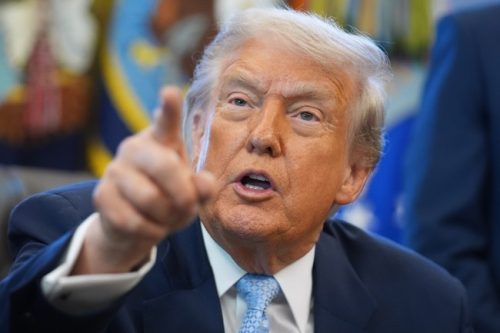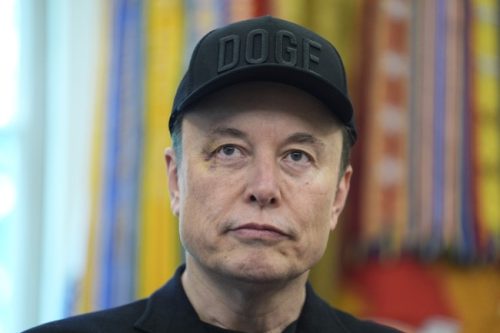This piece explains how the Department of Government Efficiency, known as DOGE, may have been formally disbanded but its priorities—cutting waste, fighting fraud, and reshaping the federal workforce—have been absorbed into the current administration’s agencies and policies.
DOGE was created as a focused effort to hunt down waste, fraud, and abuse across the federal government and push for real change in how agencies operate. Supporters argued it could force long-overdue accountability inside a bureaucracy that often resists reform.
The initiative drew high-profile attention, with Elon Musk estimating the effort could eliminate an estimated $1 to $2 trillion in government waste. That kind of figure framed DOGE as more than a symbolic office; it was pitched as a mechanism to unlock major savings and efficiency.
Recent reports said DOGE “no longer exists,” claiming the office was shut down eight months ahead of any planned timetable. That version of events traced back to comments attributed to Scott Kupor, Director of the United States Office of Personnel Management, and it prompted immediate clarification from officials and staff involved with the program.
Good editing by @reuters – spliced my full comments across paragraphs 2/3 to create a grabbing headline 🙂 The truth is: DOGE may not have centralized leadership under @USDS. But, the principles of DOGE remain alive and well: de-regulation; eliminating fraud, waste and abuse;…
— Scott Kupor (@skupor) November 23, 2025
Good editing by @reuters – spliced my full comments across paragraphs 2/3 to create a grabbing headline The truth is: DOGE may not have centralized leadership under @USDS. But, the principles of DOGE remain alive and well: de-regulation; eliminating fraud, waste and abuse; re-shaping the federal workforce; making efficiency a first-class citizen; etc. DOGE catalyzed these changes; the agencies along with @USOPM and @WHOMB will institutionalize them! Here’s the real story – https://opm.gov/news/secrets-of-opm/everyone-has-a-plan-until-you-step-into-the-ring/
Kupor’s note was blunt: the program’s centralized leadership may have shifted, but the core initiatives it pushed are firmly embedded in multiple agencies. That distinction matters because dismantling a label is not the same as reversing the policy changes and management practices DOGE sparked.
“President Trump was given a clear mandate to reduce waste, fraud, and abuse across the federal government, and he continues to actively deliver on that commitment,” White House spokeswoman Liz Huston told Fox News Digital. That line captures how the administration frames the work: not as a temporary project but as a durable change in Washington’s operating culture.
Removing a centralized office can be spun as a shutdown, but officials argue the reforms have outgrown any single structure and are now woven into normal agency operations. In practice, that means deregulation efforts, hiring and workforce changes, and new accountability rules will continue through existing departments.
The tension here is familiar: critics will call the change cosmetic, while proponents say it signals maturation—moving from a task force into long-term policy and process. If the latter is true, taxpayers stand to benefit from sustained scrutiny and streamlined operations rather than a one-off publicity push.
Editor’s Note: President Trump is leading America into the “Golden Age” as Democrats try desperately to stop it.






